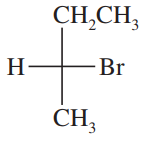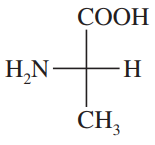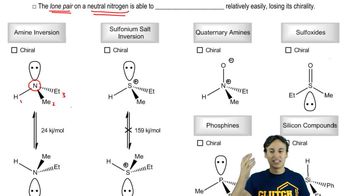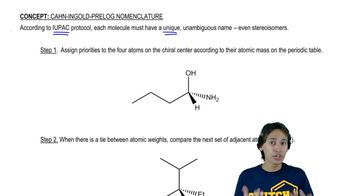Assign the absolute stereochemistry for each of the following molecules drawn in their Fischer projection.
(d)



 Verified step by step guidance
Verified step by step guidance Verified video answer for a similar problem:
Verified video answer for a similar problem:



 2:32m
2:32mMaster R and S rule for Fischer Projections. with a bite sized video explanation from Johnny
Start learning